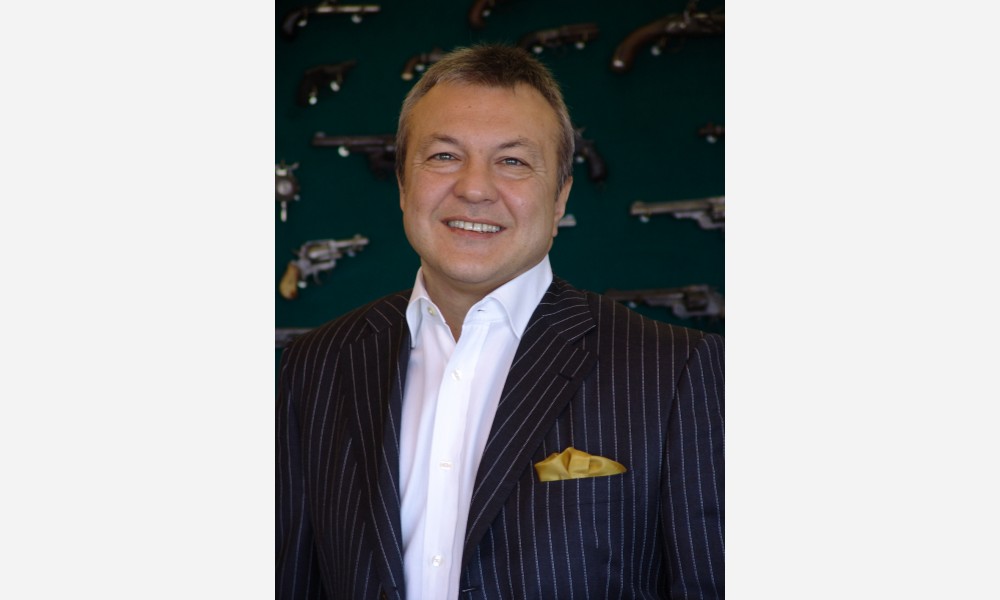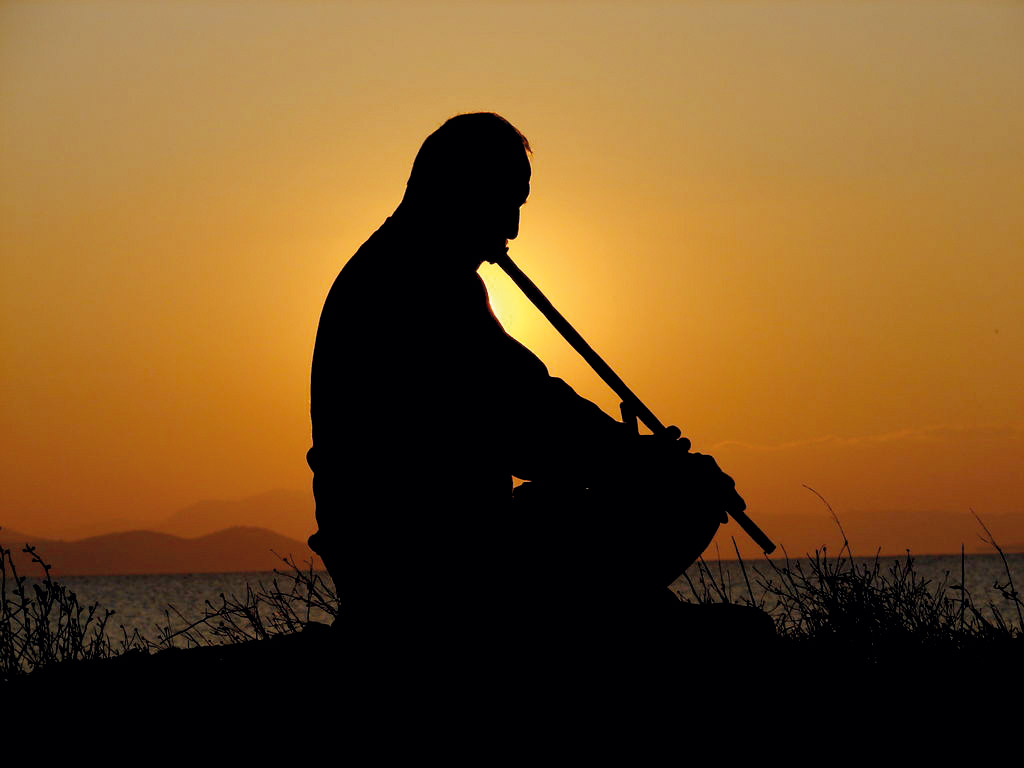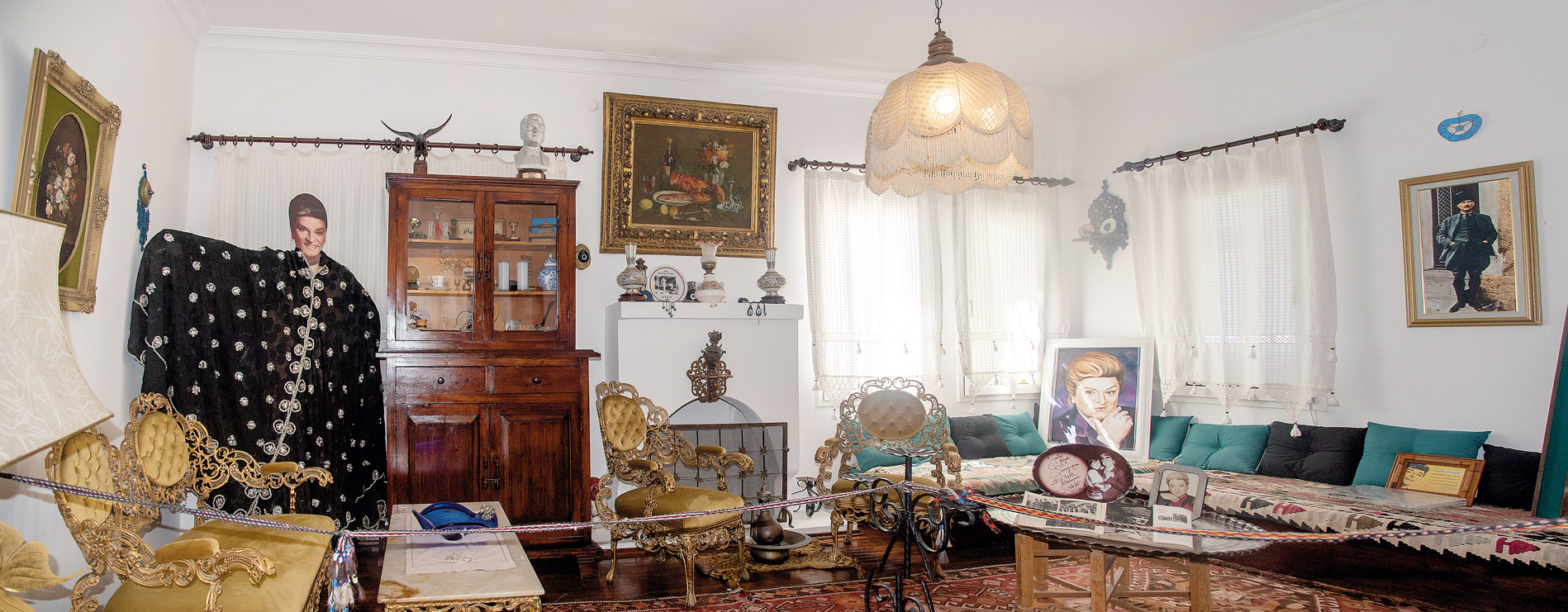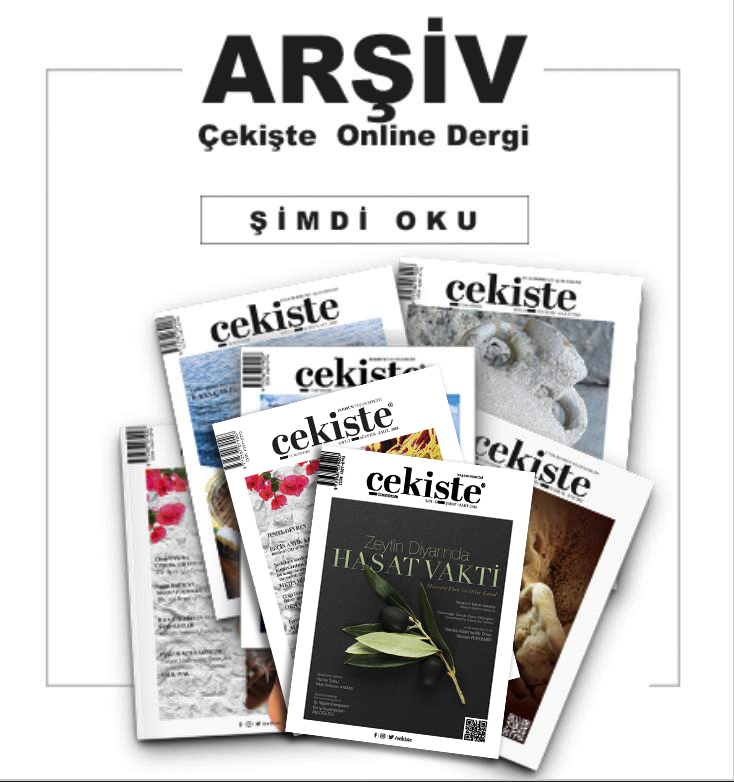ŞÜKRÜ ERGÜN

I first met Sukru Ergun within the years while he was working for the Cerrahogullari Shipping. Proceeding his way with the Jotun, he achieved so much success that he made Turkey the fourth largest production base of the Jotun family thus he was awarded the “Exporter to Exotic Countries” by Turkish Exporters’ Assembly (TIM).
Jotun is known as the paint brand of iconic buildings and giant projects in the world. The Norwegian company’s success story started with the paints used in marine coating and it gained power with its production for several categories. Sukru Ergun and Onur Koca are the ones who brought the brand to Turkey in 1991.
Sukru Ergun summarises his life story in an interview as follows; “I am a son of police officer parents. After I graduated from Galatasaray High School, I studied with the scholarship I had won in the United States for one year and then in France. I worked overseas for the company, which had paid my scholarship, for two years. After graduating from Bogazici University in 1981, I completed my post-graduate education, Shipping Management, in Norwegian Maritime Academy.
Ozlem Kilincoglu, my friend since Bogazici University, is my wife. I became a father at the age of 26; I quit the job, which I had been working for two years, the day my son was born. I, Onur Koca and a friend of ours from Bogazici University established our own business. In the second year of our business, our partner sold everything he had and ran out of the country. Onur and I continued running the business. We were dealing with marine works. In 1986, the friendship of Ahmet Soyuer, who is currently the founding president of Asya Port, gave us the opportunity to breathe. In Balmumcu we had a tiny office selling paints to ship owners. Coincidentally, we had a chance to meet the Export Manager of the Jotun. By the year 1989, we had had a 20 percent market share. The Jotun proposed; “Let us establish a joint company and produce here in Turkey where you will hold 20 percent of the shares.” The factory was established in 1991 during the Gulf crisis and we started production in 1992. Then we established one more factory. A large warehouse and sales offices followed our success and we grew. All the bridges you see in Turkey are painted with our paints; we produce paints for marine and construction. We became the fourth largest paint company in Turkey within 27 years. I am still the Vice President for Eastern Europe and Central Asia.
We export to 36 countries. We even export to some countries, which no one knows the names and has to look at the map to see where they are located, such as Palau, the Faroe Islands, Curacao... Our brand has been preferred for many unique projects, such as the Eiffel Tower, Burj Khalifa, Haydar Aliyev Center, Abu Dhabi, Louvre Museum, Yavuz Sultan Selim Bridge, Eurasia Tunnel and many more, over the years.
We have also made a sizeable investment in Russia. In Norway, the board was concerned about this investment as Russia was going through an economic crisis. We sent there a Turkish Managing Director. It is because we all know how to manage a company in compelling conditions.
One of the important factors of success in life is to act with a vision. We have been through and experienced the issues such as “how to sell in the inflationary environment” and “what to do in currency rate increases” several times. We export forty percent of the production. Despite the contraction in the construction sector for the last two years, we have expanded our growth by forty percent. Following the production centres in China, Malesia and the Middle East, Turkey has the fourth largest production facility, currently. Last year, we achieved 45 percent growth in terms of construction paints.
Our brand continues its path to colour the walls of distinguished houses, mansions and seaside homes. The share of our paints on the walls of large hotels is rapidly increasing.
The story of the brand’s paints for ships’ coating takes an important place in the history of European industry. Its history goes back to the youth named Odd Gleditsch in 1910; although he was only 15 years old he sailed from Sandefjord to the North Sea on a whaler ship called Sobroan. By the 8th of May, 1920, he had opened six paint shops in Kondesgate, Oslo.
Seeing the life through colourful glasses, he became friends with the stars of Chat Noir such as the famous actors Ernst Rolf and Victor Bernau. The theatre taught him how important it is to be social, to expand the circle of friendship, to know people and to be known by them. He later said that it had been a great vital lesson for the marketing of Jotun paints.
Since there was no work in Sandefjord in 1921, the ships tied to the port were alarming. However, the whaling industry was going well due to the incoming demand, and whaling ships required renewal. Odd was earning good income by supplying materials, lubrication oil and paints to these ships. He got married with Fanny Vibetoe, the daughter of a merchant that year and they had a son whom they named Odd Gleditsch Jr. In 1979, he was completely retired and his son, who bears his name, assumed the flag of the brand.









